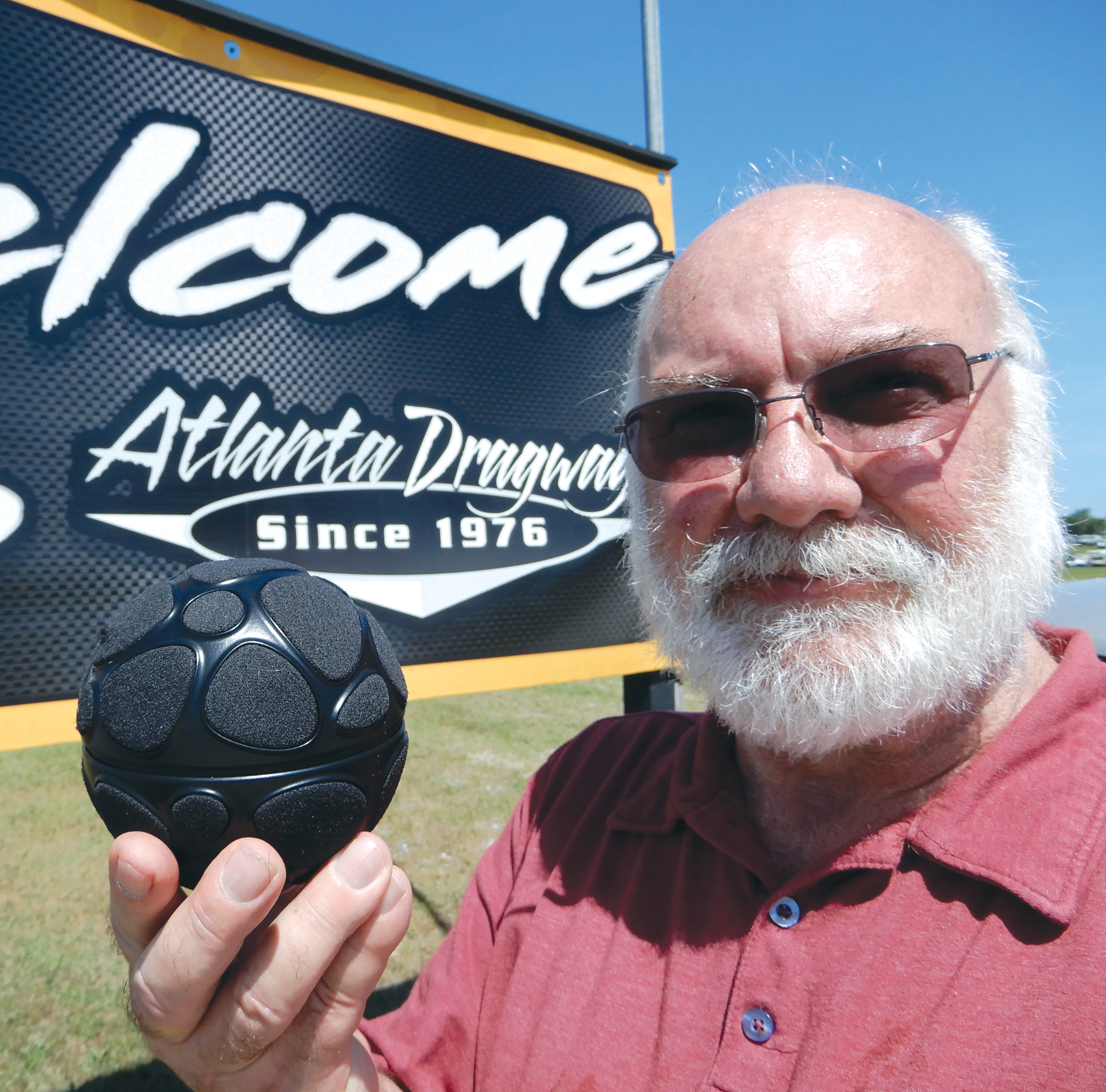TV Sports in 2022: In Search of Immersive Sound
It’s out there but not always easy to obtain

Trying to get beyond all the hype you read about immersive sound, I spent several months preparing to listen to the 2022 Winter Olympics in Beijing and Super Bowl LVI in immersive in my home in Decatur Ala. I confirmed that NBC Sports produced 5.1.4 Channel Immersive Sound, but it is still difficult to get immersive sound into the home.
In an ideal digital world, you would be able to hook up your digital antenna to an ATSC 3.0 tuner and receive a UHD video signal and immersive Dolby Atmos sound from your regional terrestrial television provider. I am about 35 miles from the antenna and have good terrestrial reception, but Huntsville Ala. is not an ATSC 3.0 market yet. There are nearly 50 markets in the United States that transmit ATSC 3.0 with Dolby Atmos as the immersive audio standard but no luck with my trusty digital antenna.
My Roku Ultra streaming device said it is capable of Dolby Atmos so I searched out satellite, cable and streaming services and continued my quest for immersive sound. NBC delivered 4K UHD with Dolby Atmos sound for the 2022 Winter Olympics coverage to customers through distribution partners including Comcast, Verizon, fuboTV, YouTubeTV and Prime. Comcast and Verizon did not offer service in my area and Direct was only interested in selling me their biggest package and no one could tell me if the Dish Hopper delivers immersive sound. With a $69 a month contract minimum, satellite or cable was out of the question for this experiment.
‘Sophisticated Handshaking’
While I searched for a service provider I spent half a year’s earnings from my TV Tech writing commission and bought a high-end Yamaha Soundbar with Dolby Atmos and 49 speakers firing in all directions. I hooked up my soundbar directly to my Roku Ultra and hooked the 4K output from the soundbar to my Sony 4K television.

After 10 minutes of fiddling with menus and remotes I was able to get sound through the system. Although the sound was better than my Vizio surround sound soundbar, I was not convinced that I had immersive sound. Initially I was suspect of the HDMI interfaces and contacted Neal Roberts, senior manager, Broadcast Partnerships at Dolby Laboratories (Neal has since moved on to HBO Max).
Neal told me that regardless of the version of HDMI, consumers will always have audio and with later versions supporting more capabilities.
“The connection is controlled by the sophisticated handshaking between source and sync devices that HDMI supports,” Neal said. “This ranges from stereo at minimum, to 5.1 channels of decoded PCM audio, to an encoded DD+ bitstream that includes Dolby Atmos, to decoded audio and metadata [known as “MAT”]. For example, a new set-top box connected to a legacy soundbar/AVR might produce a stereo or a 5.1 channel surround sound experience, while that same HDMI signal connected to a newer soundbar or AVR would be capable of reproducing a Dolby Atmos experience.”
The professional video industry's #1 source for news, trends and product and tech information. Sign up below.
So it seems that it is possible to deliver immersive sound to the consumer, but I question the depth of immersive experience since it was difficult to hear much sound above me.
The Right Sound for the Right Sports
Now is the time to consider the consumers and how-to best create an effective soundfield over soundbars. Up-firing soundbars need something to up-fire. Birds and aircraft belong in the height channel, but I question how much ambiance and atmosphere should be directed into the height channel. Clearly the most popular American sport—football—does not offer any sports sound that logically should be in the height channels except the PA and atmosphere.
However, there is a large reservoir of activities, such as many winter sports, that benefit from an aggressive vertical enhancement. For example, with ski jumping, simply by placing the last microphones on the jump in the height channels it gives a clear aural impression of lifting off. Elevating sounds is a significant aspect of immersive sound and sports struggles with what sounds should be elevated into the height channels. My upcoming book shares more than 50 case studies on immersive sound production for sports.
I think the 2022 Winter Olympics proved that the infrastructure for producing and delivering immersive sound is working itself out, but significantly I think audio producers must consider advanced immersive sound production practices and create an immersive sound experience beyond atmospheric embellishments.
In 2016, I presented the concept of “Front Soundfield Reinforcement” which coalesces the front vertical soundfield into a cohesive aural pallet. Contemporary immersive sound production is typically horizontal layers with a surround layer at ear level and another height layer with usually four channels of sound. If you contemplate vertical layers where the front left, right and the height channels collectively reinforce the front soundfield, then the concept of Front Soundfield Reinforcement seems like a logical solution for soundbar reproduction.
Basketball clearly demonstrates the benefits of Front Soundfield Reinforcement. Basketball uses a camera under each basket which visually has significant vertical dimension. By placing microphones by the net and on the floor and routing the net microphones into the height channels, the illusion of being under the basket is complete because the net sounds are heard above the listener.
When I reflect on the state of immersive sound production I accept that perhaps atmospheric embellishments are enough for the average sports consumer, but I think an enhanced and entertaining experience is necessary to engage an audience that seems to have lost its appetite for TV sports. Listen up.
Dennis Baxter has spent over 35 years in live broadcasting contributing to hundreds of live events including sound design for nine Olympic Games. He has earned multiple Emmy Awards and is the author of “A Practical Guide to Television Sound Engineering,” published in both English and Chinese. His current book about immersive sound practices and production will be available in 2022. He can be reached at dbaxter@dennisbaxtersound.com or at www.dennisbaxtersound.com.

